The old stone buildings around King’s College Circle give the St. George campus its character, but they pose a real challenge for Paul Leitch, the university’s sustainability director. Leitch works with staff in Facilities and Services to help reduce carbon emissions across all three campuses, and older buildings use a lot of energy – especially heat.
The work isn’t flashy, unless heating and cooling systems are your thing. But the department works on a wide range of sustainability initiatives – from solar panels to recycling to lighting retrofits.
Lately, the team has been drawing on the talent of faculty and students, through work-study programs, engineering capstone projects and regular course work to generate new environmental ideas and plan upgrades. It gives students the opportunity to work on real-life problems and enables his team to accomplish more. As Leitch notes, meeting our sustainability goals won’t be easy. “It’s all hands on deck,” he says.
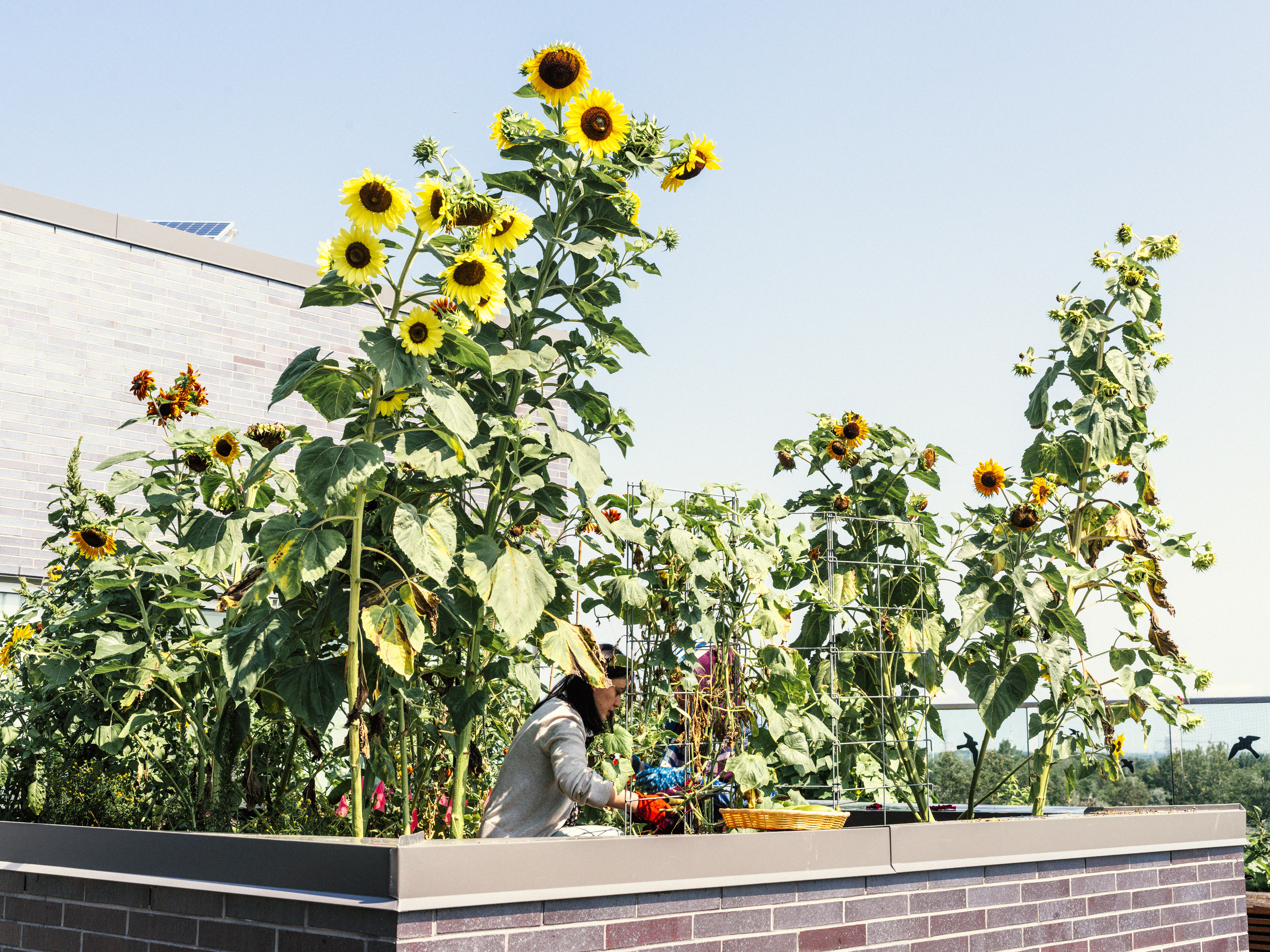


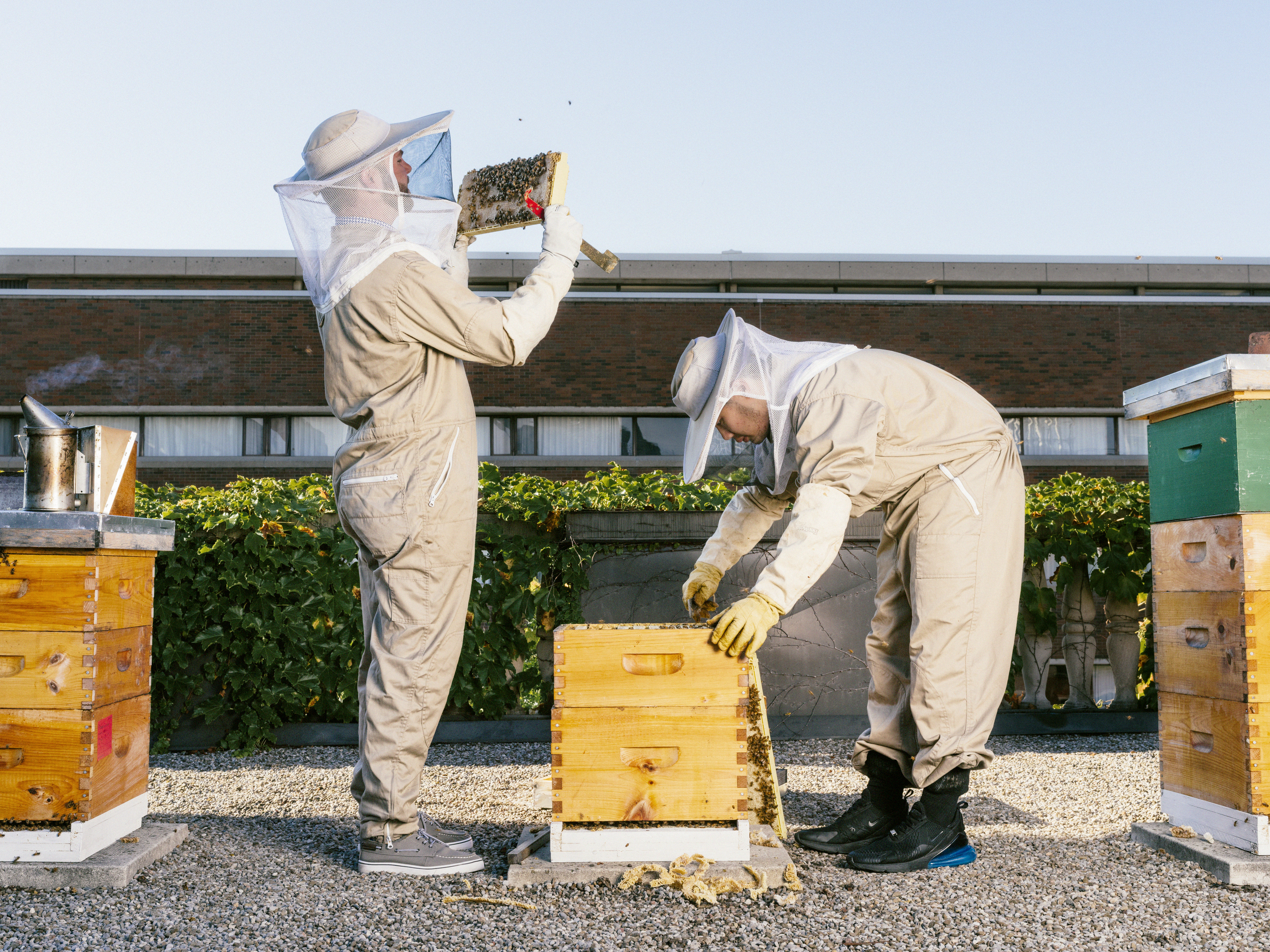
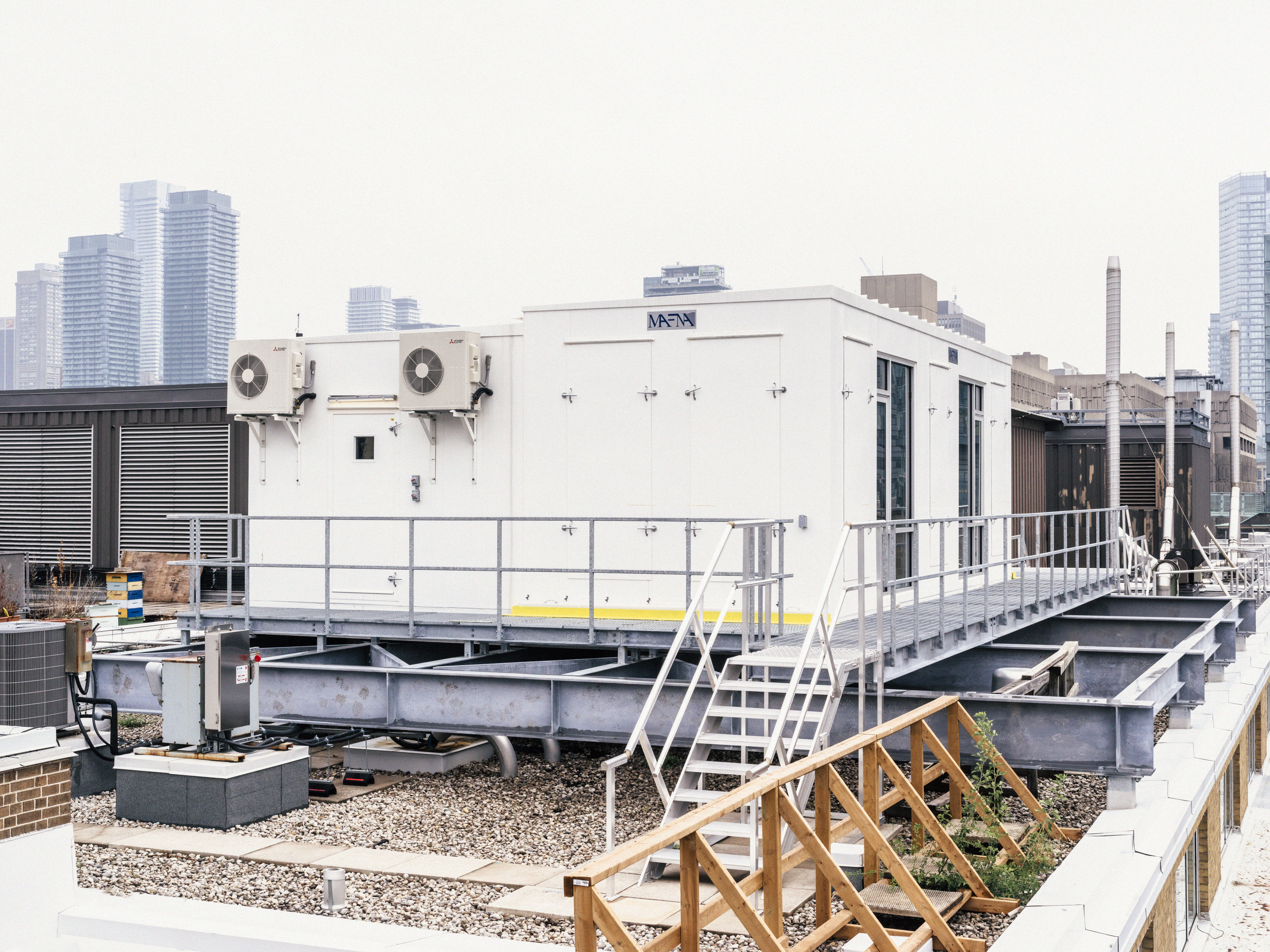
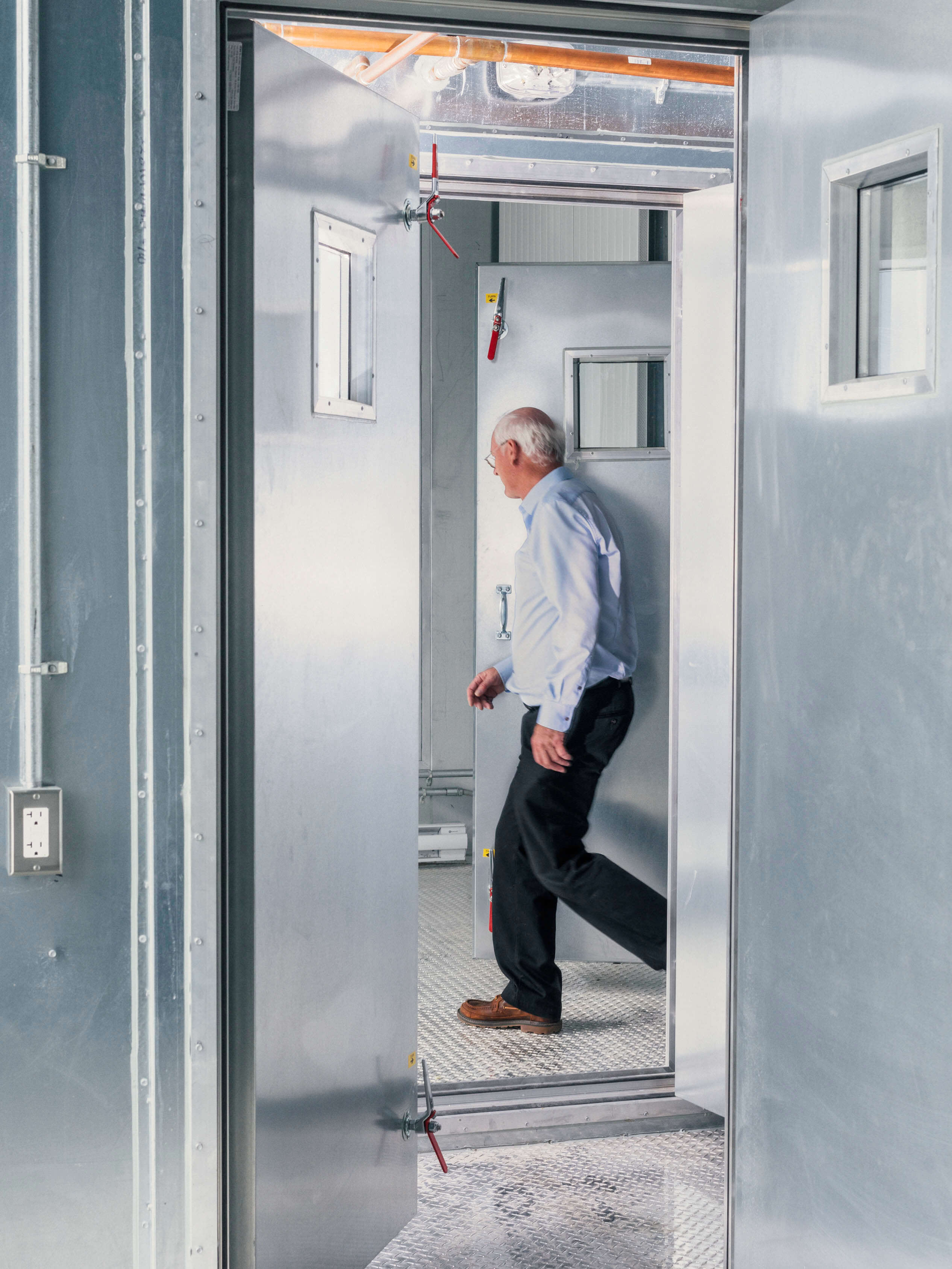

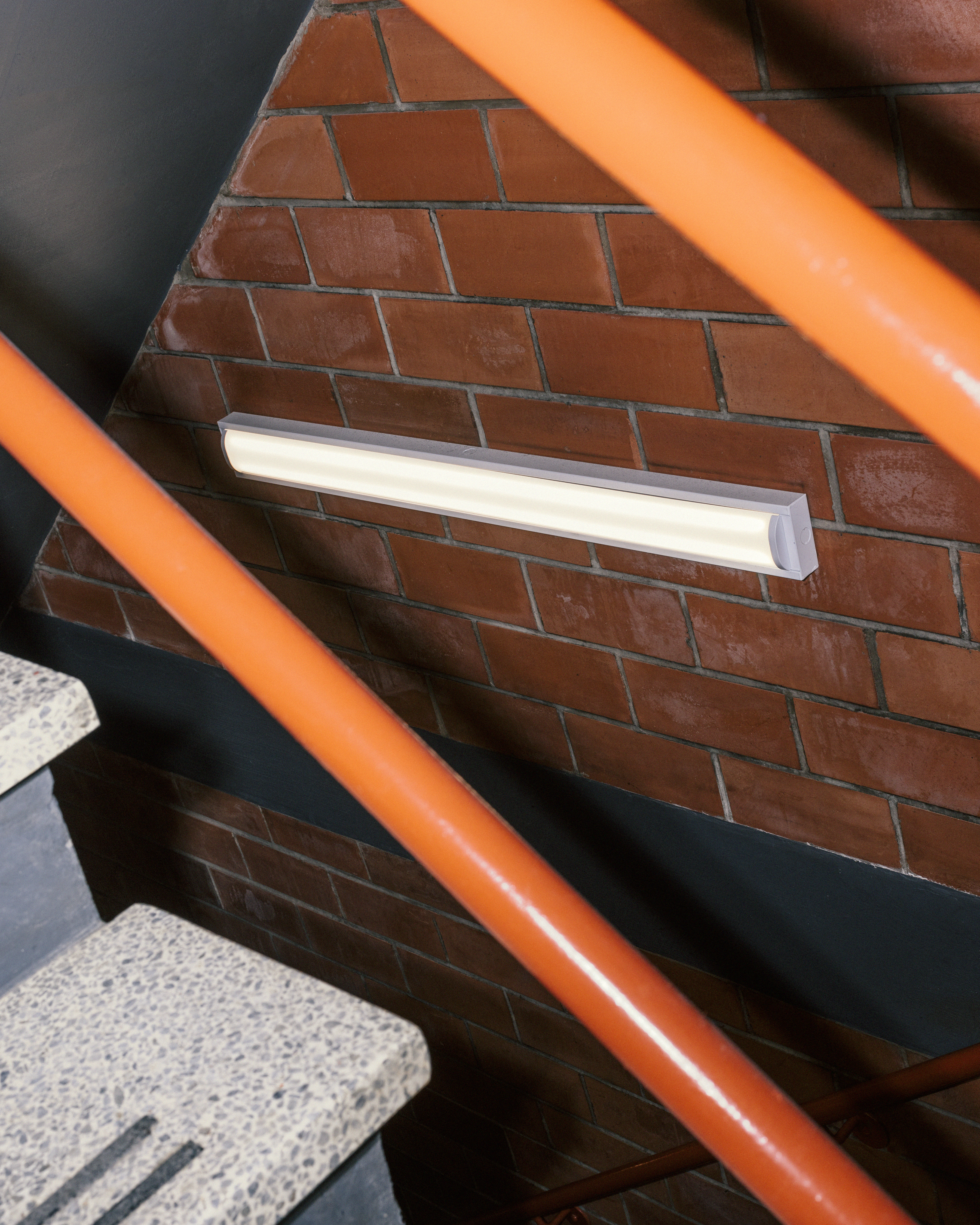
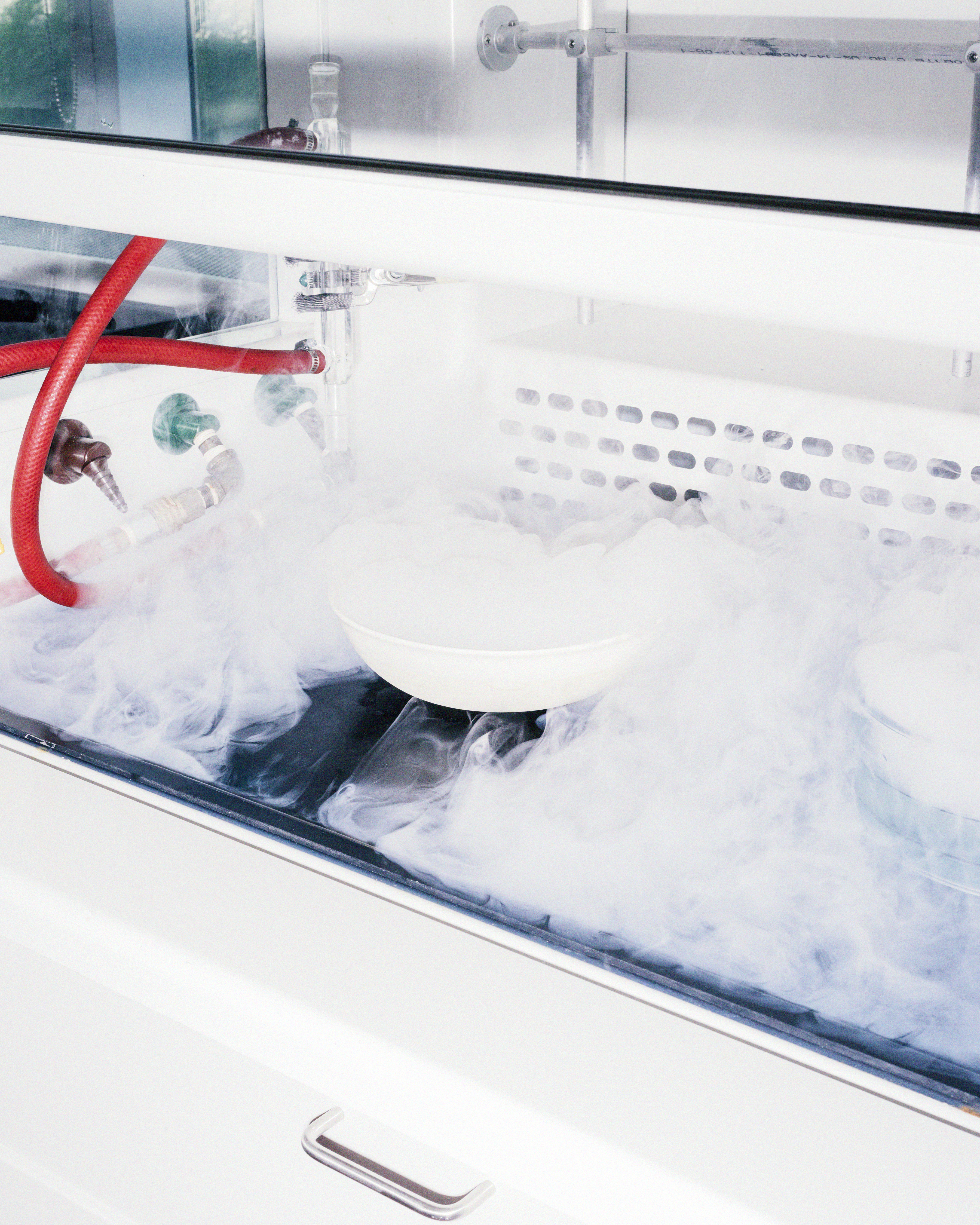


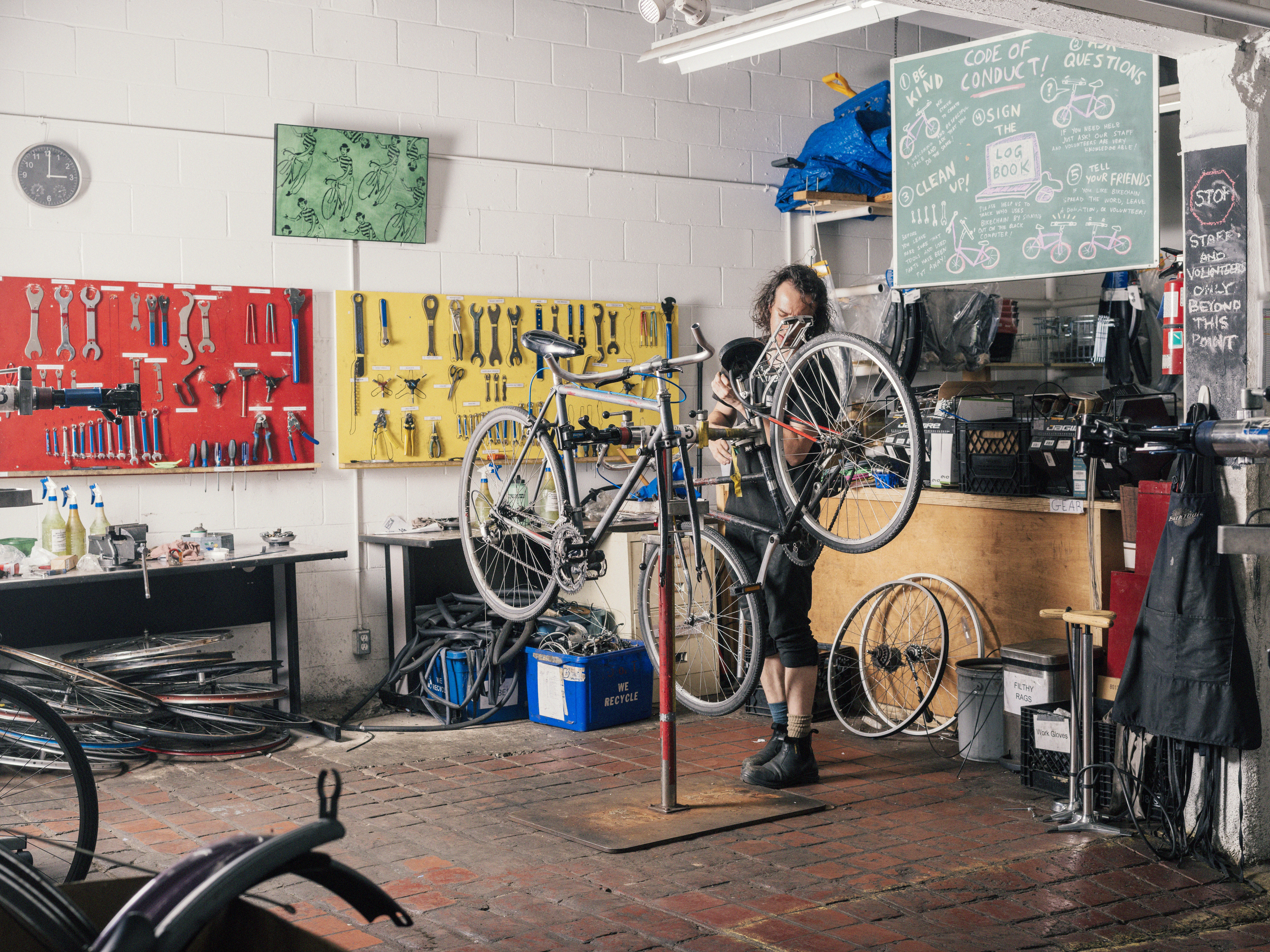


One Response to “ Green Ideas Are Sprouting at All Three Campuses ”
"This array, atop the Toronto Pan Am Sports Centre at U of T Scarborough, reduces the building’s energy use by 10 to 15 per cent."
Does it actually reduce energy usage or result in energy consumption from renewable sources? I would expect it to achieve both but would be interested in knowing how much energy reduction is associated with energy dispersion away from the structure resulting from panel presence.